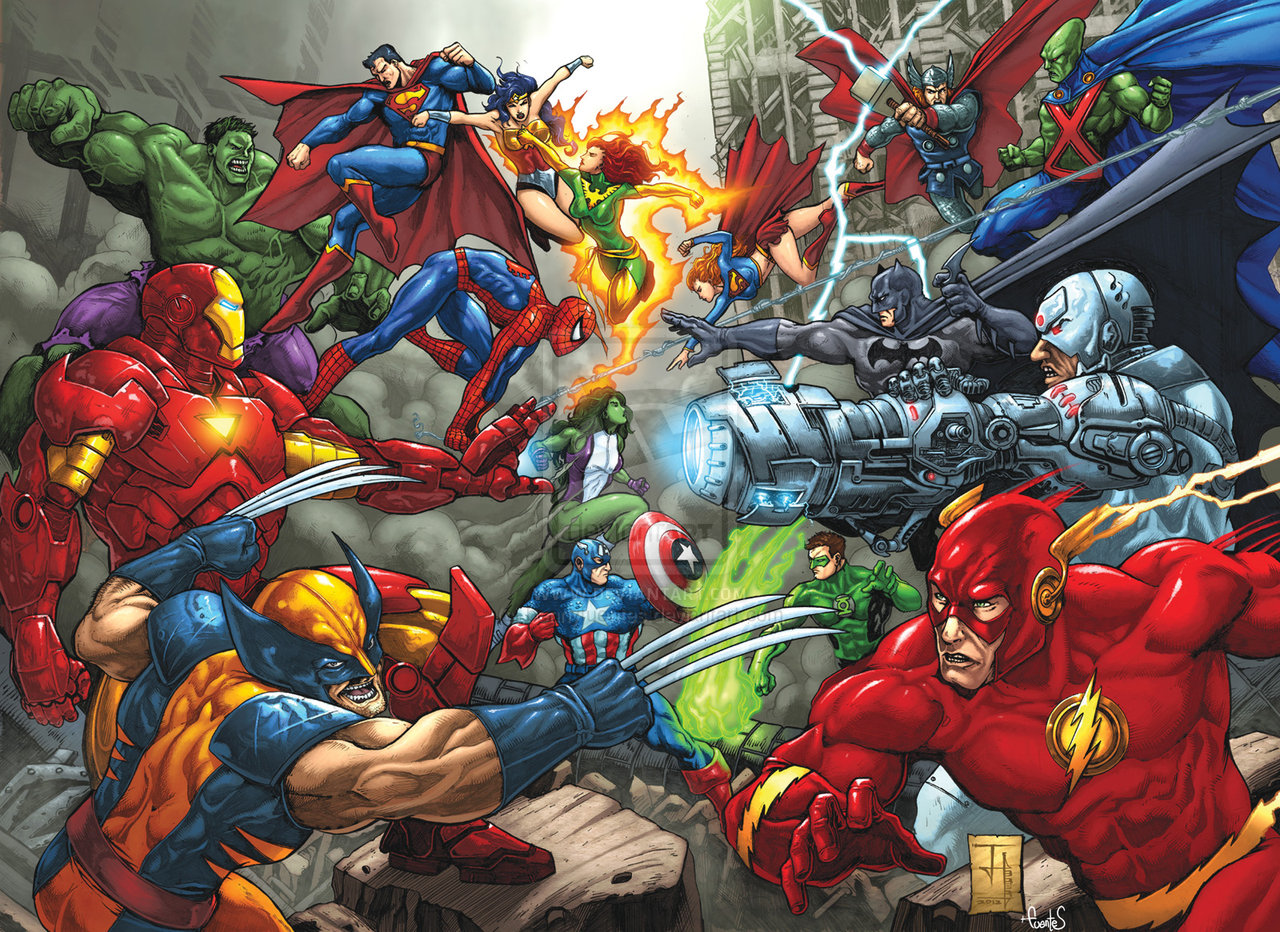
1934 was the year Malcolm Wheeler-Nicholson began the Golden Age of the comic books when he founded the company that would eventually become Detective Comics, or as the world knows it today, DC Comics, which would produce the popular comic figures we know and love today. Five years later, Timely Publications got its start on the comics scene, but it would be 21 years later until Jack Kirby, Steve Ditko and Stan Lee would usher Marvel Comics and their notable heroes into the world. DC and Marvel have enjoyed decades of success in various media outlets: comics, graphic novels, television, and of course in this day and age, film. DC and Marvel films, adapted from the original source material, have been a mainstay in popular culture for decades. They have also enjoyed a respectable rivalry as of late with technology allowing filmmakers who venture into the comic book genre to do more with the superhero than ever before. However, the history behind the superhero genre of motion pictures, particularly the rivalry between DC and Marvel, is more surprising than the average Joe believes.
When it comes to this particular rivalry, the most important thing to remember is that DC started it. DC began its legacy with Batman back in 1939, but in terms of cinema, it was the Man of Steel who became the first superhero to make it to the silver screen in 1951, with Superman and the Mole Men starring George Reeves and Phyllis Coates and directed by Lee Sholem and it was based on the Adventures of Superman television series. Fifteen years later, Adam West and Burt Ward burst on to the scene with Batman, directed by Leslie H. Martinson, which was based on the television series. Marvel wouldn’t make the jump to filmmaking until the late 1970s with Spider-Man, but they couldn’t measure up to the lofty aspirations of DC’s feature length films. So the studio settled for television features.
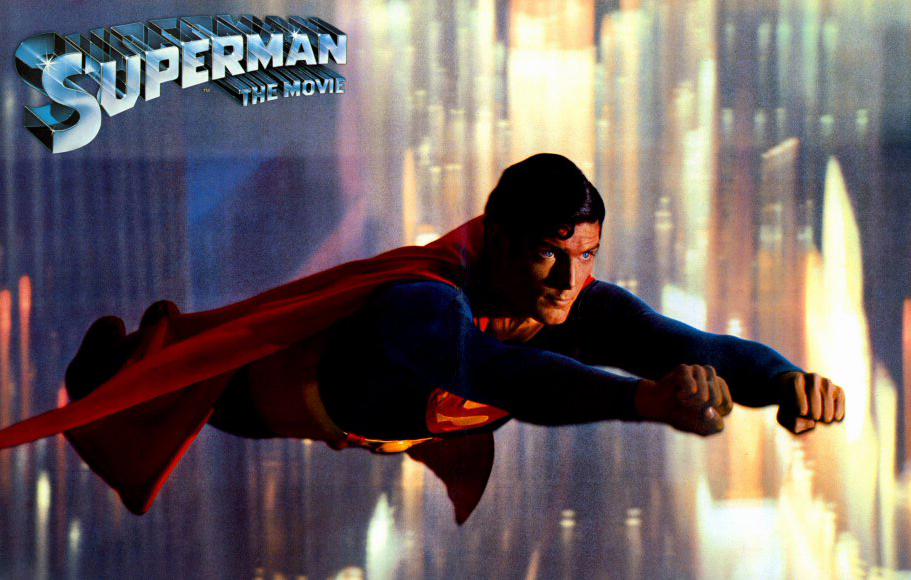 In 1977, Christopher Reeves had his turn as Superman under the direction of Richard Donner and it was a rousing success collecting over $300 million at the box office. DC was reveling, while Marvel was meandering and had to settle for made-for-television features for their heroes. In 1978, Dr. Strange had his television film, in 1979, Captain America had two made-for-television features. From 1980-1984, DC continued to own the monopoly on big-screen superheroes with Superman II (1980), Swamp Thing (1982), Superman III (1983), and a Supergirl spinoff (1984). In 1986, Marvel finally made the jump to mainstream cinema with, believe it or not, Howard the Duck and it earned a respectable run, grossing almost $16 million. Though DC kept producing blockbusters such as Superman IV: The Quest for Peace in 1987, while two years later Tim Burton brought Batman back to the silver screen. Not to mention there was also a Swamp Thing sequel, which went overlooked.
In 1977, Christopher Reeves had his turn as Superman under the direction of Richard Donner and it was a rousing success collecting over $300 million at the box office. DC was reveling, while Marvel was meandering and had to settle for made-for-television features for their heroes. In 1978, Dr. Strange had his television film, in 1979, Captain America had two made-for-television features. From 1980-1984, DC continued to own the monopoly on big-screen superheroes with Superman II (1980), Swamp Thing (1982), Superman III (1983), and a Supergirl spinoff (1984). In 1986, Marvel finally made the jump to mainstream cinema with, believe it or not, Howard the Duck and it earned a respectable run, grossing almost $16 million. Though DC kept producing blockbusters such as Superman IV: The Quest for Peace in 1987, while two years later Tim Burton brought Batman back to the silver screen. Not to mention there was also a Swamp Thing sequel, which went overlooked.
DC used this respectable Batman franchise to hold sway in the 90s with Batman Returns in 1992 and Batman Forever in 1995, and everything looked as if it were on the upswing. Then Warner Bros. released the abysmal Batman & Robin in 1997, which shook DC to its core via public and critical backlash. That same year, Marvel released Spawn, which grossed almost $88 million, collectively more revenue than any made-for-television feature and every cinematic undertaking they ever attempted. Here is where the dynamic began to shift!
DC’s hold on super-heroic cinematic power began to slip away and Marvel was given a golden opportunity to seize the power balance and seize it they did. In 1998, they released Blade starring Wesley Snipes and it was the first Marvel motion picture to gross north of $100 million dollars. This was just the beginning. It was the beginning of DC’s fall from cinematic power and the beginning of Marvel’s rise to cinematic power.
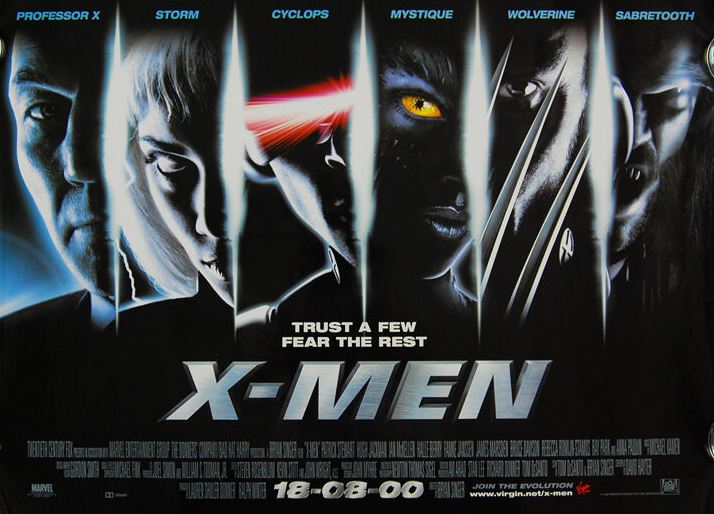
Two years after the success that Blade brought Marvel, their next venture would cement their status as a superhero blockbuster machine. The children of the atom would have their feature-length film to kick-off the new millennium and usher in a golden age of superhero movies. Brian Singer’s X-Men, starring Hugh Jackman, Halle Berry, Anna Paquin, James Marsden, Famke Jensen, Patrick Stewart and Ian McKellan grossed north of $296 million dollars. Two years later, Marvel kept churning out hits with Blade II, earning $155 million, but that wasn’t the crowning jewel of Marvel’s cinematic legacy that year. Sam Raimi’s Spider-Man, starring Tobey McGuire, Kirsten Dunst, James Franco and Willem Dafoe had Marvel rolling in dough earning $821 million at the box office. Between 2002-2004, Marvel’s heroes proved that they were a money-spinner; there were hits like X2: X-Men United and Spider-Man 2. Then there were gaffes such as Daredevil, Hulk, The Punisher and Blade: Trinity during these years. But Marvel products were ruling the box-office with an iron fist.
DC was kicked off its pedestal, though it wasn’t about to surrender without a fight. The publisher was years into the new millennium and it didn’t make a peep since Batman & Robin bombed. In 2004, it tried to win audiences back with a Catwoman spinoff starring Halle Berry as the feline femme-fatale. And it fell on its face…hard. One year later would prove all the difference as DC had two cinematic ventures, joined with the company Vertigo, that proved themselves fruitful in Constantine and V for Vendetta, but DC struck gold that year with a cinematic reboot of the character that helped put the studio on the map. In 2005, Christopher Nolan took audiences on an origin story of epic proportions in Batman Begins with Christian Bale, Liam Neeson, Michael Caine, Morgan Freeman, Katie Holmes and Cillian Murphy. Nolan delivered an in-depth exploration of the origins of the Caped Crusader and took the superhero movie genre to an unprecedented level; Batman Begins collected a respectable $374 million in box office revenue, garnered critical acclaim and issued a challenge to Marvel’s grip on the cinematic medium. The rivalry was renewed.
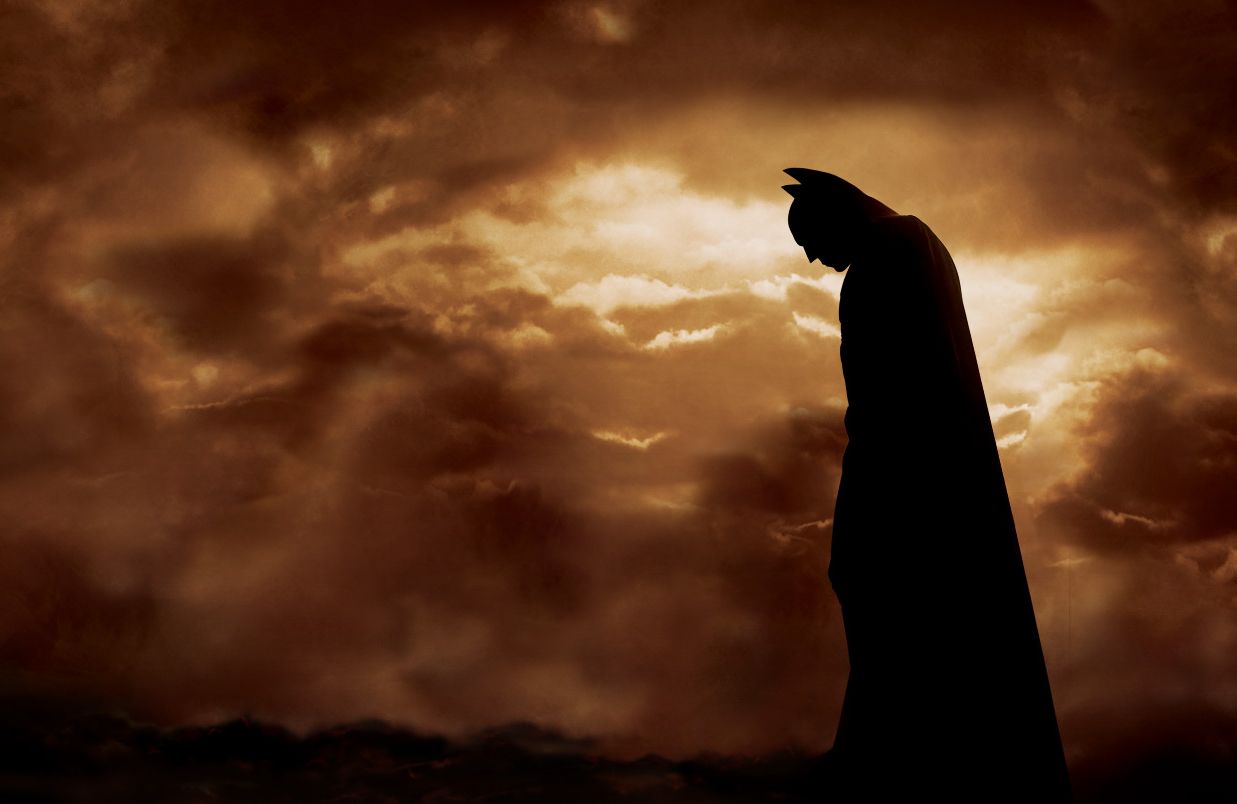
Batman Begins brought DC Comics movies back to the forefront in 2005, while Marvel suffered a slight slump with films such as Elektra and Fantastic Four in terms of overall quality. The period between 2006-2007 was something of a lull for both publications in terms of cinema. Between this period, the sole movie flying the DC banner was a quasi-sequel to Christopher Reeves’ Superman II, in the form of the Brandon Routh’s Superman Returns, while Marvel was still churning out a lot of product in X-Men: The Last Stand, Ghost Rider, Spider-Man 3 and Fantastic Four: Rise of the Silver Surfer. Each of these movies earned respectable revenue at the box office. Spider-Man 3 for example grossed almost $891 million at the box office, yet the acclaim for each of these features was ho-hum to say the least.
It wasn’t until 2008, where everything changed. The standards were raised, rules were broken and the age of the superhero entered a golden period in cinema. DC released two superhero adventures–one was The Spirit, but the other elevated the superhero movie to a prestigious level. The sequel to Batman Begins was the movie that changed the standard of the superhero movie in terms of quality and tone. The Dark Knight, became the first superhero cinematic adventure to gross north of $1 billion worldwide and among other accolades, it was the role that the late Heath Ledger would become most famous for. His portrayal of Batman’s arch-nemesis the Joker earned him a posthumous and well-deserved Academy Award.
Marvel, on the other hand, produced two films that would break ground on an unprecedented undertaking. Robert Downey Jr. stepped into the role of billionaire high-tech superhero Iron Man in Jon Favreau’s action-packed blockbuster and Edward Norton was the jolly-green angry anti-hero, The Incredible Hulk. It was in 2008, when Marvel began its Avengers Initiative–introducing specific heroes in their own franchise films and then bring them together to battle a formidable adversary. Marvel was on the forefront of doing something DC had never done before and was off to a good start with these two properties.
DC was pushing the envelope, but Marvel kept its momentum in producing content and in this way, as it overshadowed DC thanks to Christopher Nolan’s Dark Knight Saga while Marvel slowly, but steadily unveiled its Avengers Initiative. All while carrying on with still-strong franchises. In 2009, both DC and Marvel only produced one feature; DC had the adaptation of the great graphic novel Watchmen, where as Marvel released a prequel of its X-Men franchise with a solo-outing for Hugh Jackman’s character in X-Men Origins: Wolverine. For the next two years Marvel overshadowed DC with films such as Iron Man 2, Thor, X-Men: First Class and Captain America: The First Avenger; three of these being installments of the Avengers Initiative and the other being another prequel of the X-Men franchise that introduced new actors and new characters. During this time DC got by with films like Josh Brolin’s Jonah Hex in 2010 and Ryan Reynolds as Green Lantern in 2011.

2012 was a highpoint for both DC and Marvel movies. Marvel released the sequel to the dreaded and disappointing Ghost Rider, and the reboot of New York’s friendly neighborhood wall-crawler The Amazing Spider-Man, with Andrew Garfield starring. Both films were overshadowed by the feature that finally united Robert Downey Jr.’s Iron Man, Chris Hemsworth’s Thor, Chris Evans’ Captain America, Mark Ruffalo as The Hulk, Scarlett Johansson as Black Widow, Jeremy Renner as Hawkeye, with Samuel L. Jackson as Nick Fury and Tom Hiddleston as Loki; The Avengers finally arrived in theaters and slaughtered the box office grossing over $1.5 billion worldwide. To think that Marvel started out with television movies about their heroes back in the 70s and look at what Marvel has become now: a cinematic box office juggernaut that is only just getting started.
DC only had one superhero feature on the dock for 2012, but it was hardly insignificant or overshadowed by Marvel’s greatness. Christopher Nolan and Christian Bale teamed up for one last go-round in The Dark Knight Rises, which also passed the $1 billion worldwide mark at the box-office. Christopher Nolan’s Dark Knight trilogy was the first time DC had consecutive $1 billion box-office money makers hailing from the same franchise and it was also the movie franchise that upped the scale of quality for superhero features. Even though, both publication companies were enjoying the fruits of their respective successes, they were hardly showing any signs of slowing down.
Marvel enjoyed respective revenue in 2013. It rolled out Phase 2 of the Avengers Initiative with Downey Jr. suiting up one more time in Iron Man 3, Hugh Jackman had another chance to air out his adamantium claws in the X-Men spinoff, The Wolverine, Marvel backed the vigilante flick Kick-Ass 2 and Chris Hemsworth brought the hammer down in Thor: the Dark World. All of these films were showed their proper respect at the box office; Iron Man 3 brought $1.2 billion worldwide in box-office collection and Thor: the Dark World saw $644 million worldwide. Marvel was going strong but DC decided to go all in on Superman once more, by hiring Zack Snyder to helm the reboot of the cinematic Superman mythology, Man of Steel, starring Henry Cavill, Amy Adams, Russell Crowe and Michael Shannon. The recent Superman reboot was well-received earning $668 million, but what’s more is that this movie would be seen as the cornerstone for DC to build its own cinematic universe, rivaling Marvel’s model. At this juncture, the roles were reversed; Marvel was seen as the innovator while DC was trying to play catch-up.
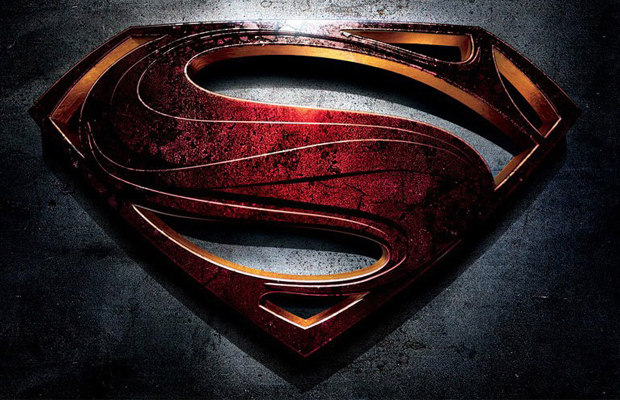
And so we come to 2014. This was another successful year for Marvel as it completely owned the superhero feature production with Captain America: the Winter Soldier, The Amazing Spider-Man 2, X-Men: Days of Future Past and Guardians of the Galaxy. Each of them earned north of $700 million worldwide this year. 2014 marks the high point of Marvel cinema and each of these films in particular has already been promised a sequel and/or a spin-off in some form or other.

The future for both studios has a lot of promise going forward. Marvel is about to campaign for The Avengers: Age of Ultron, reuniting the cast of its predecessor with new faces such as Aaron Taylor-Johnson as Quicksilver, Elizabeth Olsen as Scarlet Witch and James Spader as Ultron. And it’s already preparing to produce features for Phase 3 of their Avengers Initiative including the third Captain America and Thor: the Dark World films, along with the Guardians of the Galaxy sequel. In addition, it will continue to introduce new characters such as Ant-Man, Doctor Strange, and perhaps Black Panther–all of this leading to the final Avengers feature where Earth’s mightiest heroes will contend with the nefarious mad titan Thanos. It will also carry on with continuations for their other franchises including a reboot and sequel of Fantastic Four, X-Men: Apocalypse, Deadpool, a sequel to The Wolverine, The Sinister Six and The Amazing Spider-Man 3. Marvel looks like it is ready to go strong going through 2018 and perhaps beyond.
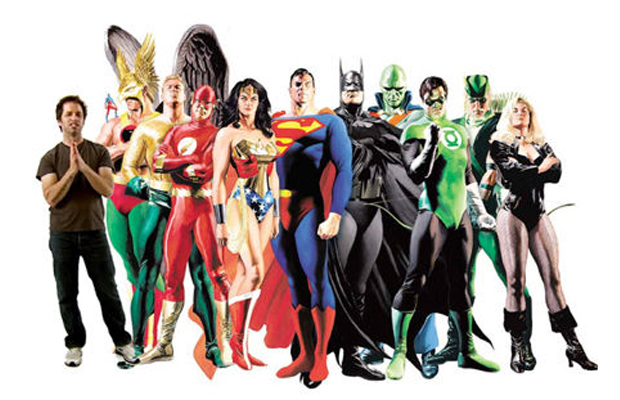
DC on the other hand may be playing catch-up, but perhaps it is positioning itself to take power once Marvel starts to show signs of slowing down. A DC Comics cinematic project won’t be seen until 2016, when the sequel to Man of Steel will be a featured event as Zack Snyder brings together a collection of DC’s most iconic superheroes in Batman v. Superman: Dawn of Justice with Henry Cavill returning to the screen as Superman/Clark Kent. Joining him will be Ben Affleck as Batman/Bruce Wayne, Gal Gadot as Wonder Woman/Diana Prince and Jason Momoa as Aquaman. Batman v. Superman: Dawn of Justice will also serve as the springboard for DC to begin its own cinematic universe, where each hero will possibly star in their own feature film between now and 2020. After Batman v. Superman Dawn of Justice, Suicide Squad will also arrive in theaters in 2016. Following that, Gal Gadot will star in Wonder Woman and the first Justice League will arrive in theaters by 2017, then Ezra Miller will star as The Flash, Jason Momoa get his Aquaman feature in 2018, Shazam will come to theaters in 2019 with the second Justice League movie. Cyborg and a Green Lantern reboot should arrive in theaters by 2020. If all goes well, DC could set itself up nicely going beyond 2020.













